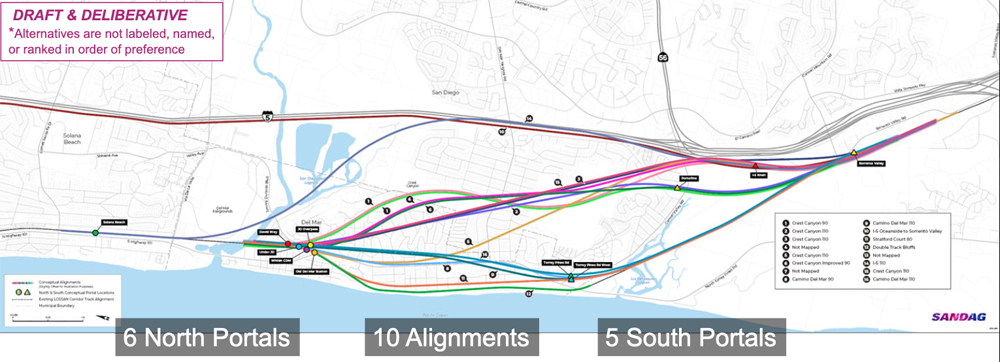
SAN DIEGO — The San Diego area planning agency seeking to develop an inland alternative to the Surf Line rail route along the Del Mar Bluffs has once again broadened the number of prospective routes — with options including a massive relocation project along Interstate 5.
The San Diego Association of Governments, or SANDAG, includes some 16 potential routes in a Value Analysis Study Report released in early February. That’s follows a list of three potential routes for a tunnel under Del Mar — all of which have drawn criticism from some residents — in a Notice of Preparation released last year in advance of development of an environmental impact statement [see “Comment period on Del Mar tunnel project …,” Trains News Wire, Dec. 16, 2024].
The study is the latest in a series that began in 2017, and marks the second time routes under consideration to relocate the line used by Amtrak, the Coaster commuter train service, and BNSF freight traffic has been narrowed, then expanded. In late 2023, SANDAG went from two to 11 potential routes [see “Routes for Del Mar rail tunnel multiply,” News Wire, Nov. 29, 2023]. Some of the 13 routes considered in the latest study are refinements of earlier ideas; some are new. Two were not fully developed because they only address portions of the relocation.
Among the new proposals is one, Alternative 10, which would relocate the rail line along Interstate 5 for some 25 miles between Oceanside and Sorrento Valley. That would eliminate the need for a tunnel in Del Mar, but also is five times longer than most other proposals and has an estimated cost of up to nine times as much: $30 billion to $45 billion. The only more extensive, expensive concept is a proposal to develop a 75-mile inland route for freight traffic along Interstate 15, at a cost of $118 to $158 billion, while essentially leaving passenger traffic as is.
Alternative 14, which includes a shorter segment in the freeway right-of-way, still includes a tunnel under the Del Mar fairgrounds — which the operator of the fairgrounds has objected to — but not below any homes. That route involves a 6.6-mile realignment is estimated to cost $6.9 billion to $9.2 billion. The remaining proposals involve relocations of 5.3 miles or less; none has a high-end estimate higher than $5.4 billion.
Del Mar mayor Terry Gaasterland says alternatives 10 and 14 would be most residents’ preferred choices. “We, as Del Mar residents, will be asking and demanding: Look at these alignments that take the train out from under people’s homes,” Gaasterland told KNSD-TV.
The report says SANDAG staff will now consider evaluation, feedback, and other lessons learned during the study to refine the alternatives for presentation to the SANDAG board of directors. KNSD says the board is expected to hear public comment at a Feb. 28 meeting.
— Updated at 11 a.m. CT to better reflect context of Gaasterland comment.
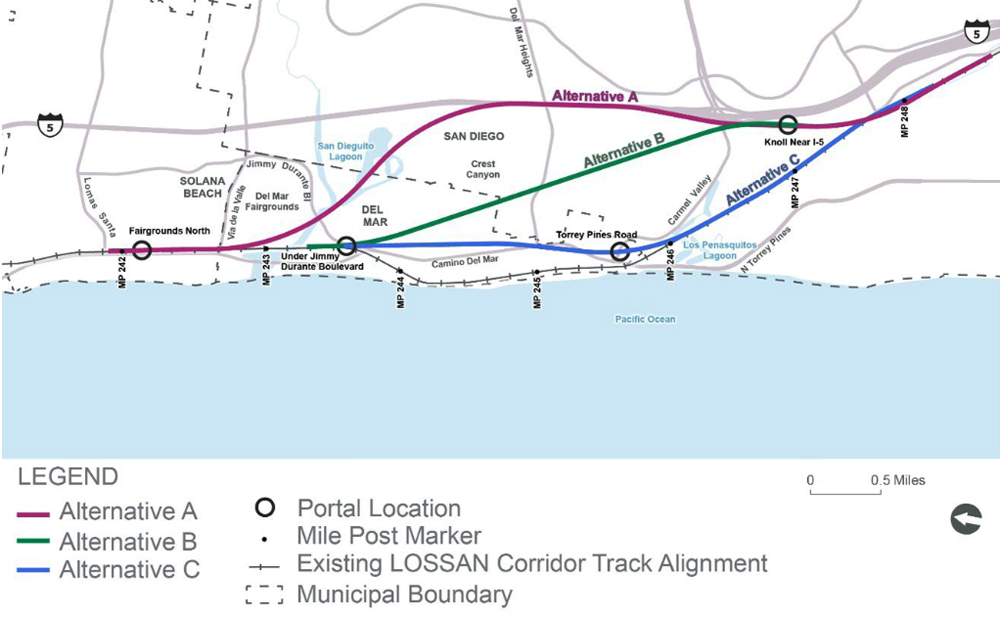








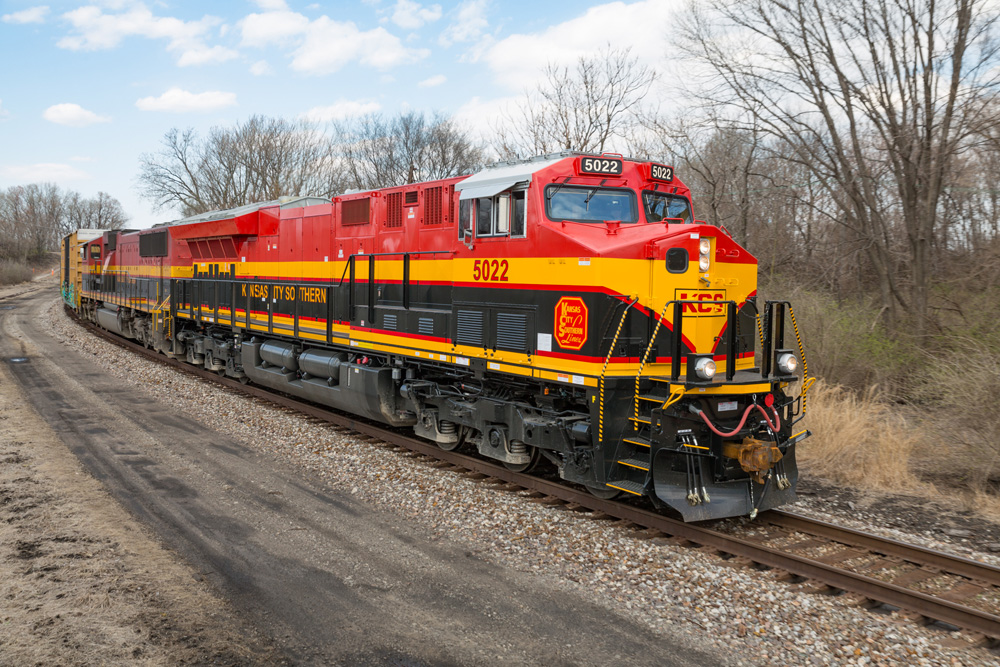
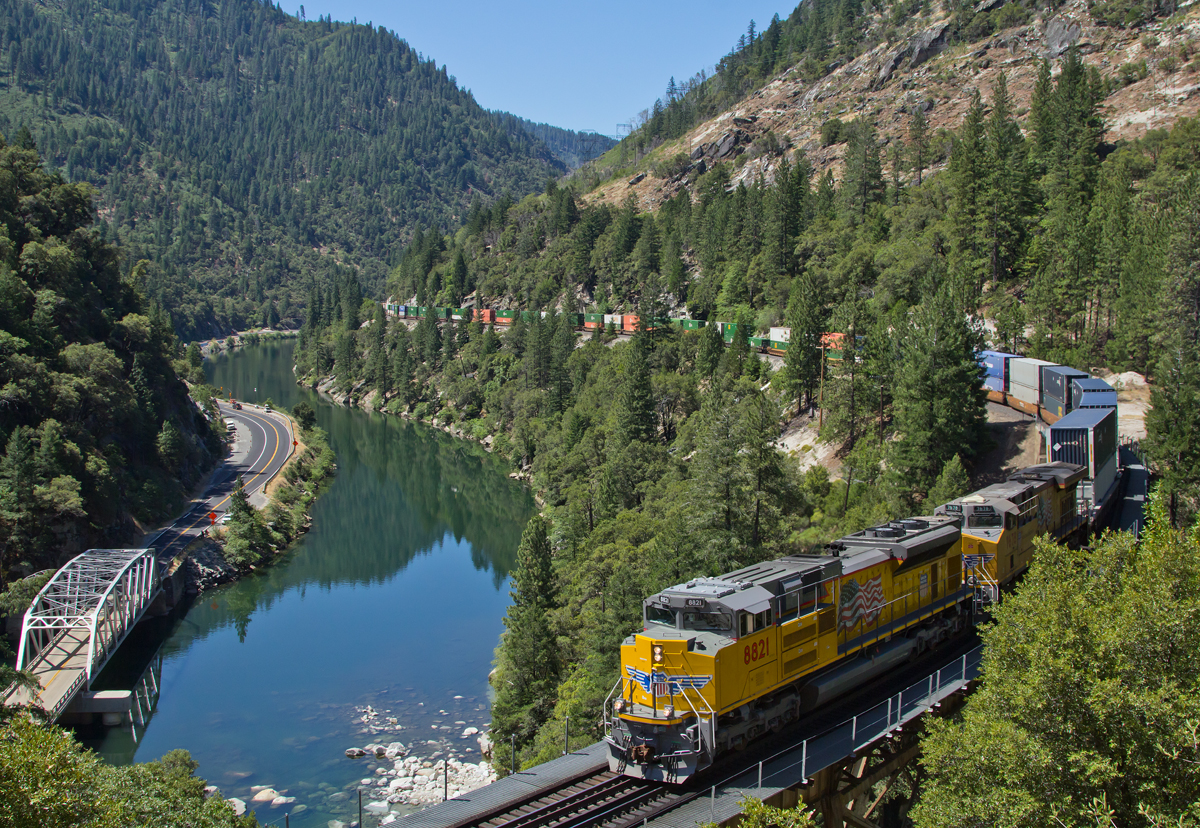
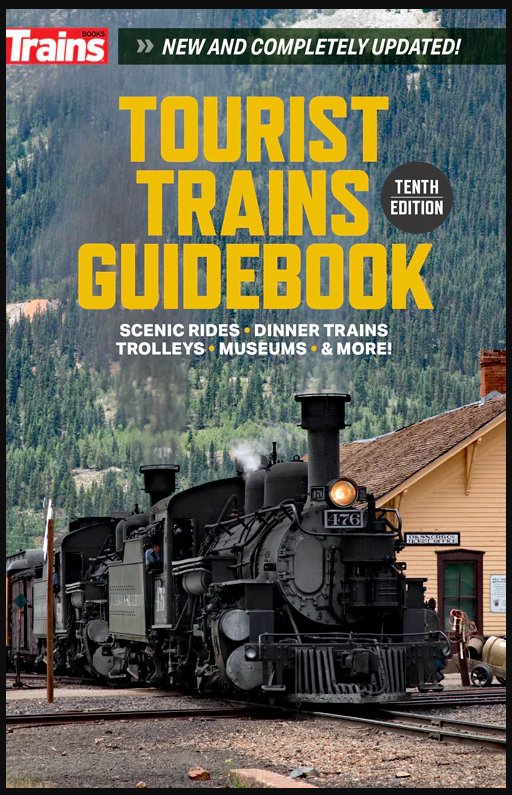
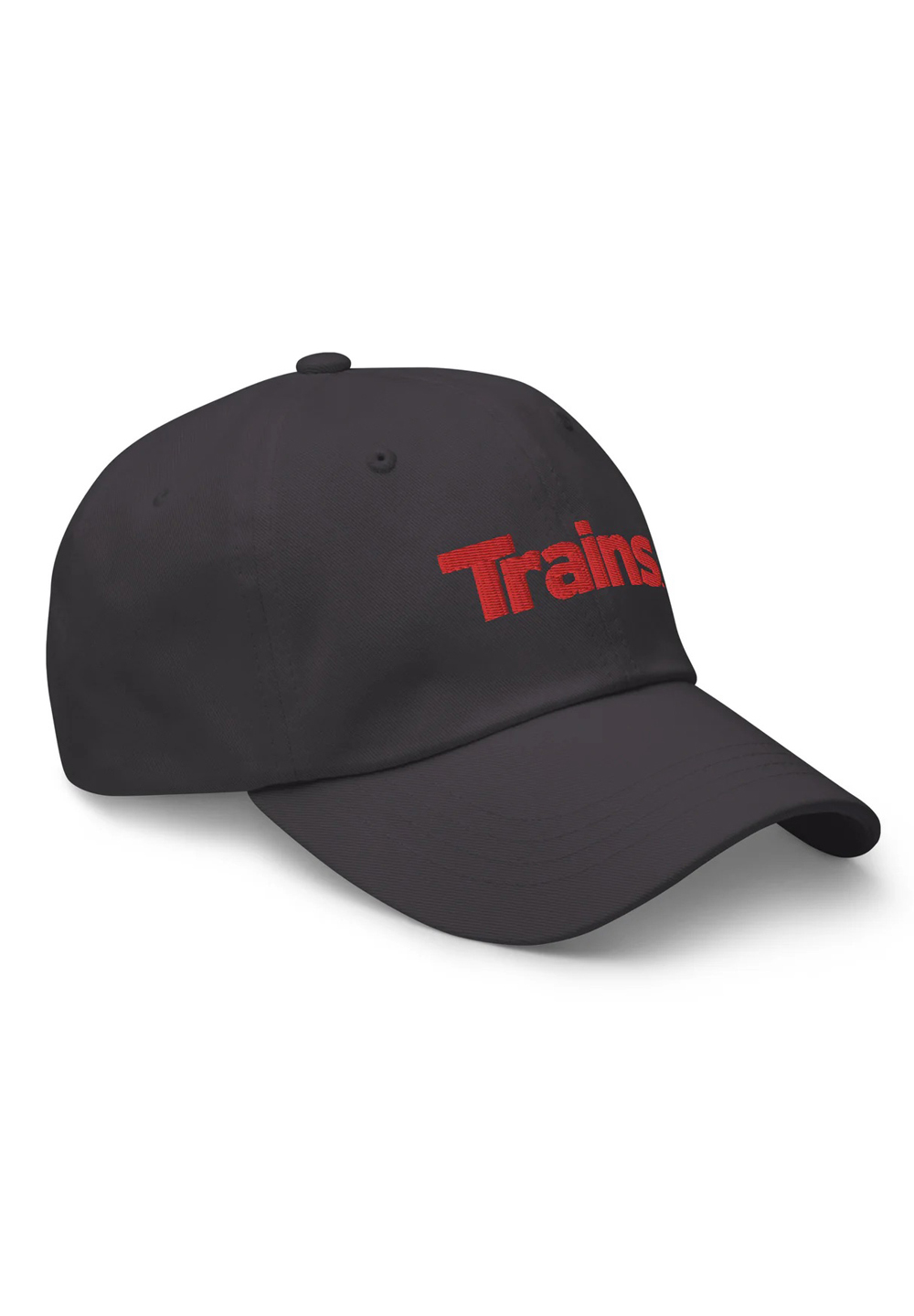

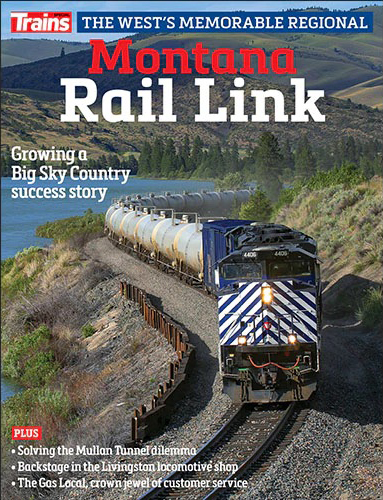
From the article:
“That’s follows a list of three potential routes for a tunnel under Del Mar — all of which have drawn criticism from some residents — in a Notice of Preparation released last year […]”
I guess we have a new acronym: NUMBY — Not UNDER My Back Yard. Same stupid, different day.
I downloaded the Sandag report yesterday and took a look through it. They basically said that option 10 (I-5 frt/pass alignment) was a bad idea that among other things would make it much longer for the tracks to be removed from Del Mar. Mayor Gaasterland leaves with the impression that all he doesn’t give a hoot about anybody who is not a resident of Del Mar.
The report basically said that the I-15 frt corridor should not be considered.
I’m still of the opinion that the “option C” is the best compromise as it allows for 110MPH operation and allows for the special events platform at the Del Mar Fairgrounds (I miss not seeing the Pacific Beach & Western layout).
I would assume that part of the reason options 10 (reroute along I-5) and 13 (reroute freight along I-15) were included is to show just how expensive and infeasible that really is for the comparative tiny gains. That way when people inevitably ask, SANDAG can point to this and say “We studied it, not worth it”.
That said, I’m impressed that they apparently managed to make an I-5 route that holds to 2% max grades, albeit with massive bridges and tunnels required that drives the cost way up.
Is there a route East of Bakersfield? The kakistocracy might go for that one.
If Del Mar wants something other than Alternative C from the original proposal, then they should pay for the difference in cost of their preferred alternative. This would amount to several hundred thousand to several million per resident (alternative 10).
Anyone who thinks alternative 10 is a realistic proposal needs to share whatever psychoactive compound they are using. In addition to the cost of that option, the disruption of traffic on I-5 will be incredible.
Bingo, just tell the Mayor, the City Council and residents of Del Mar they can pony up the money for any alternative that doesn’t involve tunneling underneath the town. Not that a tunnel underneath someones home is going to cause irrepairable harm mind you, nor is it going to affect the quality of life for those same residents.
“We, as Del Mar residents, will be asking and demanding: Look at these alignments that take the train out from under people’s homes,”
I always find bluster like this entertaining.
I also wonder who is going to pay for this.
The I-5 alignment proposal is insane as the route has a number of grades as well as 2 S-curves that have been causing congestion for decades.
My preference would be using the shortest tunnel and using the money saved to put a tunnel between Sorrento Valley and Rose Canyon with an underground station stop beneath the terminus of the La Jolla trolley line. The last part would encourage patronage of the Coaster service.
Who is going to pay for this? California loves to tell us that it’s one of the world’s biggest economies, but the state is flat broke.
Not only is the state flat broke, it has shown it can’t build anything. CalHSR in the Central Valley isn’t a particularly complicated project. It’s just big, long and expensive. When it comes to something difficult and intricate like Del Mar (or CalHSR to its northern and southern end points), the California kakistocracy wouldn’t know where to begin.
OK, Charles. Put your toys back in your pram, and go off to your corner and sulk quietly by yourself.
The state’s tax intake is heavily biased to income tax from incomes higher than 1 million per year. A good fraction of that income is from capital gains which is about the most inconsistent tax base you can imagine.
The CalHSR project has not been well managed.